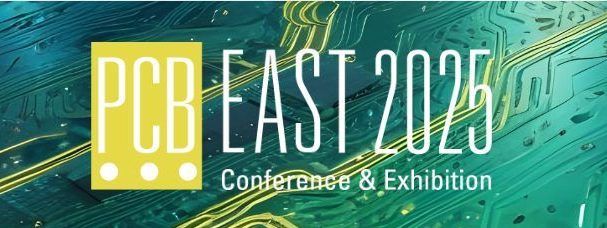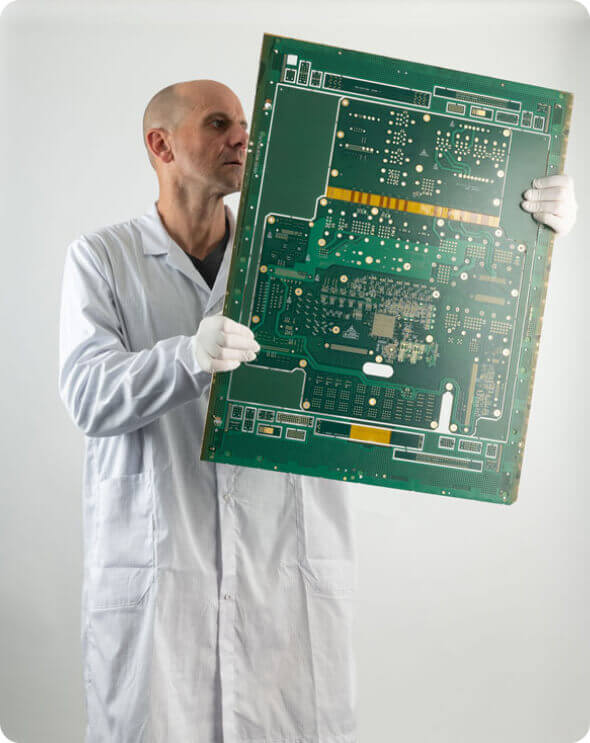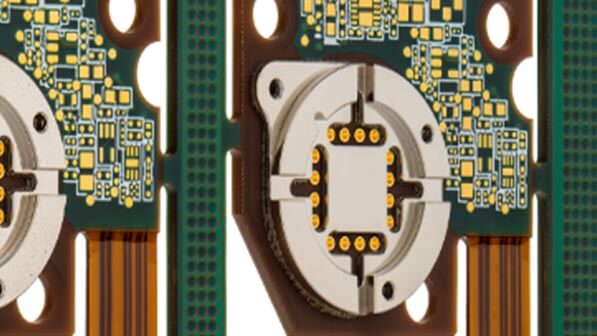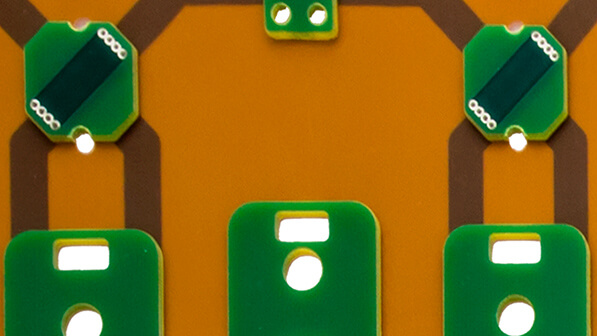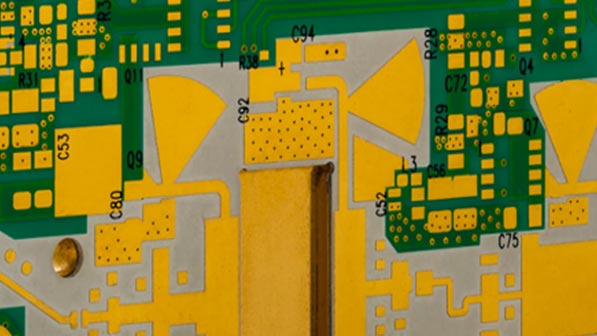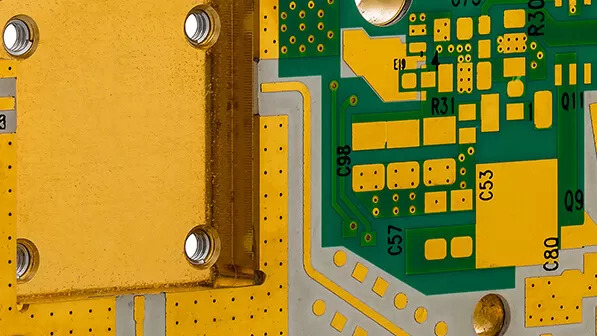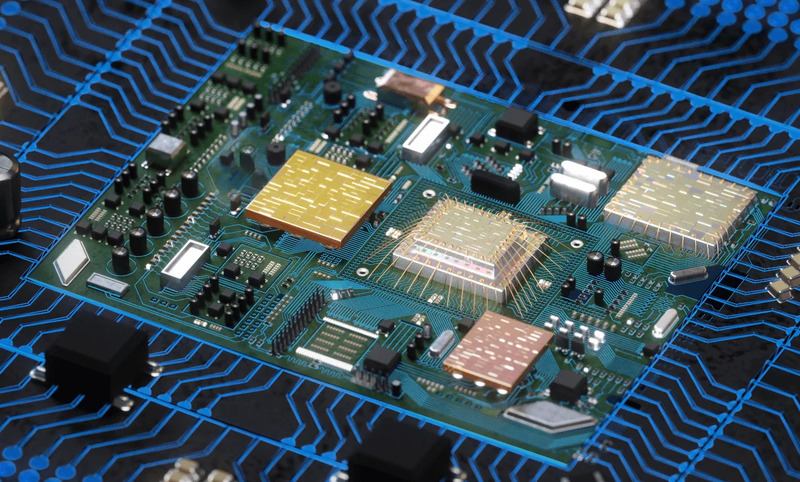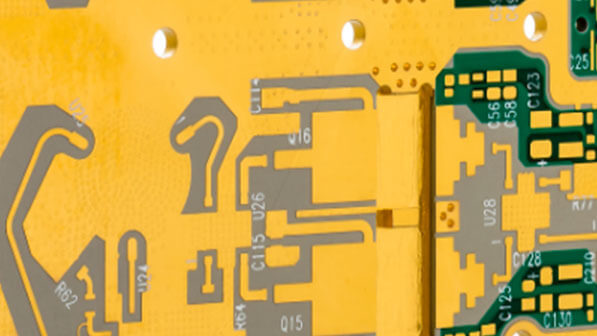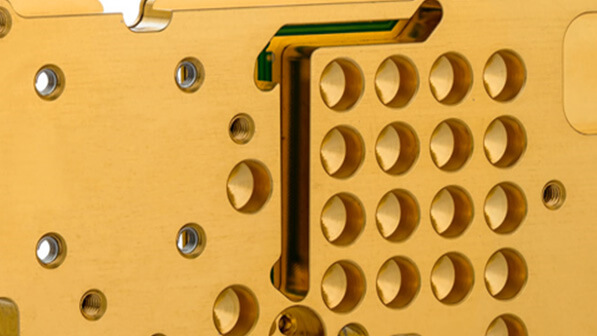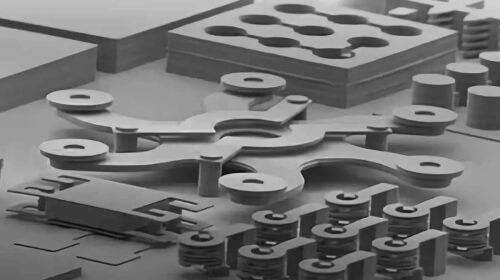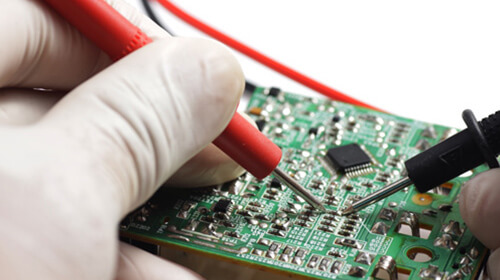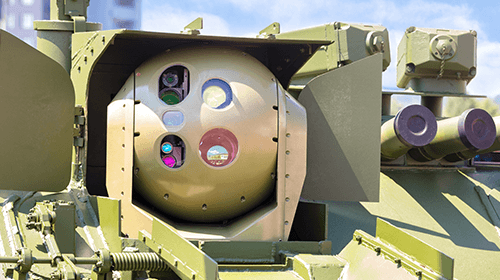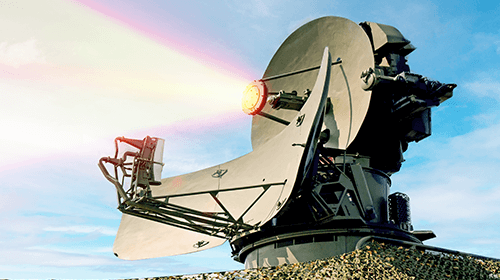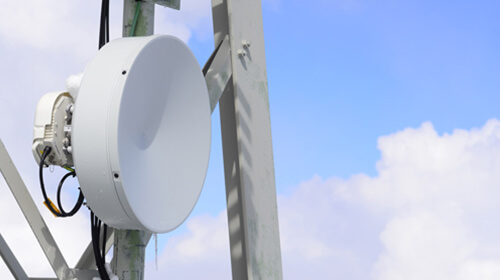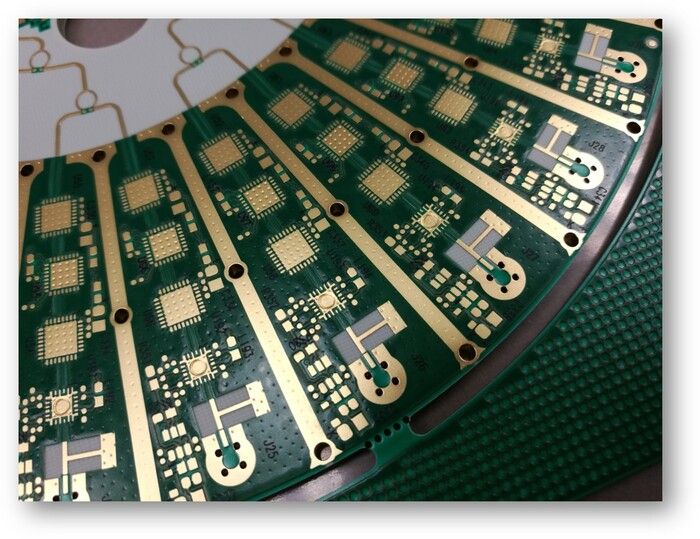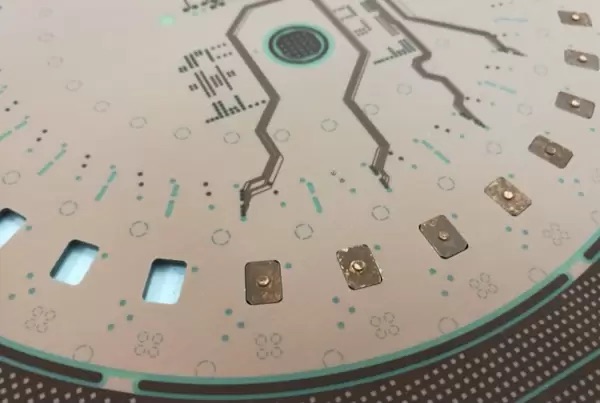High-frequency PCBs
High-frequency applications often require the use of special materials for printed circuit boards.
PCB Technologies has a long history in processing PCB base materials, as well as the use of mixed materials, for high-frequency use cases. We use dielectric materials to manufacture multilayer and high-density (HDI) PCBs with high-frequency properties. High-frequency PCB applications include radio, 5G wireless communication, aerospace, sensors for automotive radar, satellites, and other digital applications that require high speeds.
a. High density interconnects
High-Density Interconnect (HDI) printed circuit boards are ideal for high-performance and advanced applications. The higher density structure of these PCB solutions allows for greater complexity and functionality without changing the size of the PCB. This includes the signal integrity and routing required by high-tech devices.PCB Technologies is a market leader in HDI PCB design and manufacture, making use of sequential lamination, high-performance materials, filled microvias, and any layer technology that enables advanced features. HDI PCB applications include 5G wireless communications, IoT devices, medical technology, defense, LiDAR systems, and networking equipment.
b. Mixed and special materials
We are experts in the use of mixed and special materials for high-frequency PCBs including RF laminates, flexible materials, integration of metal parts, HDI and other substrate materials, and low coefficient of thermal expansion (CTE) materials.
c. Special plating processes
As an industry leader in high-tech PCB design, PCB Technologies specializes in special plating processes.
Standard:
• ENEPIG
• ENIG
• EPAG (for high speed/RF)
• Immersion silver (for RF, high speed, or LF)
• Immersion Tin (for LF)
• OSP
• HAL
• Electrolytic Matt Tin (for fluxless soldering)
Selective (final finish combinations):
• ENIG or ENEPIG with Hard or Soft NiAu
• ENIG or ENEPIG with HAL
• HAL with Hard or Soft NiAu
• ENIG or ENEPIG with Immersion silver
• ENIG or ENEPIG with OPS
• ENIG with bare copper
• Eliminate de-Golding:
o Soft Au with 2 different thicknesses [Thin Au – for soldering/wire bond (0.2-0.4 um Au) and Thick Au for very high frequencies (4-6 um Au)]
o Electrolytic Matt Tin (for fluxless soldering)











